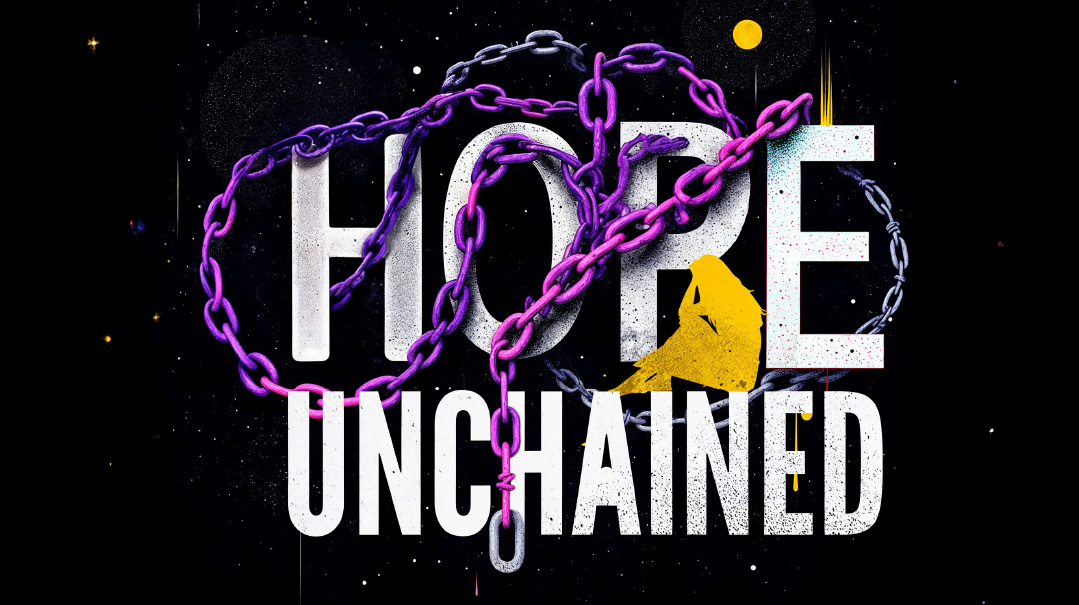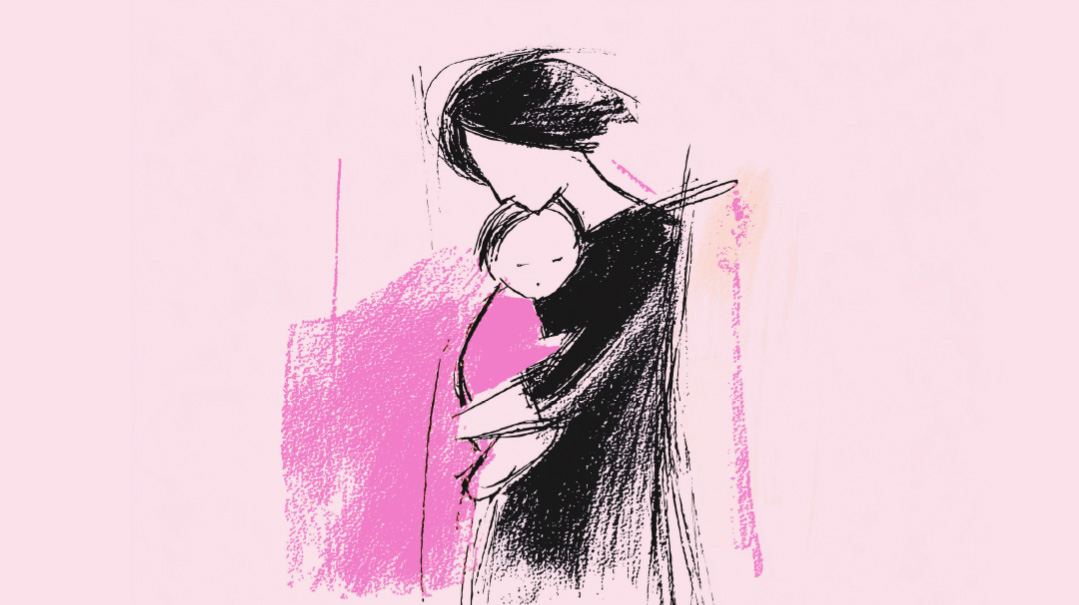Hope Unchained
| April 8, 2025An agunah is imprisoned in a life of unimaginable pain. The get process — and those working to change it

W
hen Leah met Eli at a kiruv event for unaffiliated singles, she was a West Coast college freshman taking her first tentative steps toward authentic Judaism. Seeking spirituality was invigorating, and the querying and probing and auditing of long-held beliefs appealed to Leah’s considerable intellect. Eli, a European expat who was revisiting the Orthodoxy of his childhood, was the perfect companion for this expedition. His discerning eye and sharply honed interrogative skills enriched Leah’s learning experience. Their early dating centered around joint Shabbos meals and dabbling in mitzvah observance, and for two years they grew together in their Yiddishkeit. By the time Leah was 20, they decided to marry.
Leah’s parents were less enamored of her choice. At 30 plus, Eli was considerably older than Leah, and this, coupled with her drastic pivot in religious observance, set off alarm bells for Leah’s parents. However, smitten — with both Eli and Yiddishkeit — Leah brushed off their concerns as a product of their vastly divergent world views.
In retrospect, Leah sees that Eli’s age advantage should have been a concern for her as well. Why would a man want to marry someone over a decade younger, charming and bright as she may be? She was simply too young and inexperienced to attribute it to his need to dominate and extreme narcissistic tendencies.
Another concern that Leah’s parents and mentors raised was the issue of Eli’s argumentativeness. Eli was a master debater who couldn’t “agree to disagree”; at one point shortly after they were engaged, his intransigent approach brought Leah to tears. A Shabbos host who knew both of them well and was privy to the heated altercation, gently called Leah aside after the meal to remind her that she could still call it off. “Are you sure you want to do this?” she asked. Leah was sure.
Shortly after their marriage, Leah discovered Eli suffered from OCD. He was meticulous about his possessions, and if she dared move them a centimeter from their precise placement, he’d erupt in anger. Cleaning became a highly fraught ordeal, as Leah would attempt to straighten up his scattered belongings without arousing his ire. If Leah accidentally misplaced Eli’s things, his aggression would turn extreme, and he would impose “sanctions” on her. He would withhold essential belongings from her, like her shoes, until she agreed to apologize for what she’d done and consented to write a detailed confession expressing her remorse for explicitly specified misdeeds.
“I’m a pretty flexible person, and most times I simply went along with his craziness and just tried to avoid triggering him,” Leah recalls. “I’d grown up in an uber liberal, secular home, so when he was extremely disrespectful toward me, I thought that was just the way things went in the frum world, and that I was importing my old secular, liberal values into the marriage by expecting differently.”
Eli would also camouflage his unreasonable demands as acts of righteousness, claiming he was teaching her to behave as a proper Jewish woman. He often referenced the Orthodoxy he’d practiced in his youth to rationalize his heavy-handed stipulations. “I know what a frum woman is, I grew up in a frum home, you didn’t. It’s my duty to admonish you, and to teach you how a Jewish wife should behave.”
He’d demand precision in her manners of speech. Leah recalls a protracted argument he conducted over whether something had transpired three or three-and-a-half weeks ago. “And when I didn’t immediately capitulate, he subjected me to a diatribe on emes,” she says. Failing to respond to Eli instantaneously was another cardinal sin; when he made any requests of her, the rest of the universe ceased to exist. “He would retaliate viciously when I didn’t respond by refusing to watch the kids so I could leave to work, even if my students were waiting for me.”
Leah, an acknowledged people pleaser, chose to focus on appreciating the things that were right in her marriage. Eli was a dedicated father, and they truly enjoyed raising their six children. However, just as he couldn’t tolerate when Leah expressed her own opinions, he bristled when the children began expressing ideas of their own.
“I could have stayed married if I’d had a lobotomy,” Leah says, “because then I wouldn’t ever have had any thoughts or opinions of my own. He took the idea of ‘ishto k’gufo’ quite literally, and regarded me like his arm or leg, without its own identity or outlook.” Today, Leah says, she realizes that she had a colossal misinterpretation of frum cultural norms. While there are certainly different standards in the secular and religious worlds, there still has to be an evident line that can’t be crossed. “There may be a new line, but there must be a line,” she says.
Things came to a head when, in retaliation for a “cardinal offense,” Eli refused to pick Leah up after an anaphylactic episode landed her in the ER via ambulance. She was left alone and weak in the hospital, without a way home. Leah vowed that if he ever did that again, she was done.
It happened again.
Twice.
Finally, nine years ago, Leah moved out along with those of her children who still lived at home. “Signing that lease on my new rental apartment was one of the most difficult things I ever did,” she recalls. “I felt so guilty. It was like, who just gets up and leaves a marriage?”
Eli’s enraged response was predictable: “A truly frum Jewish woman never leaves her husband!”
Oops! We could not locate your form.







